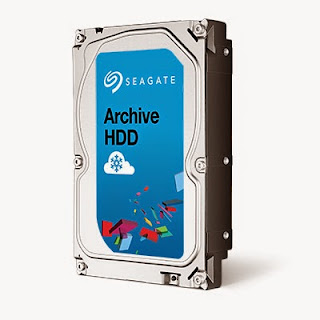"It's not what you look at that matters, it's what you see."
If you're like me, you have wondered what this strange install.esd file is that came with Windows 8.1 Update which was obtained via official channels. It replaces the install.wim that is usually found on Windows installation media.
(All actions were performed on a technician computer running Windows 10 Insider Preview x64 Pro En-US build number 10.0.10130)
Let's have a look by mounting the ISO.
This is the Windows 10 preview (10130).
As you'd expect, in the sources folder there are two WIM files install.wim and boot.wim
This is the Windows 8.1 Update Pro x64 En-US ISO, downloaded from Microsoft's website.
The install.wim has given way to an ESD file (install.esd), an Electronic Software Download (ESD).
The compression rate of the ESD files is even higher than the compression rate of WIM files using the /compress:max switch.
ESD files however, resists some operations like deployment using a WDS server. There is a need to convert the ESD file to a WIM file.
There is approximately a ton of 3rd party tools out there just for that purpose, many of which sport a fancy GUI. I will demonstrate that none of these tools has its use, because we can do everything we need with dism.
I created a work folder
C:\>md deplyoment8.1u
C:\>md
deplyoment8.1u
C:\>cd
deplyoment8.1u
C:\deplyoment8.1u>dir
Volume in drive C has no label.
Volume Serial Number is ***
Directory of C:\deplyoment8.1u
06/30/2015 12:38 AM
<DIR> .
06/30/2015 12:38 AM
<DIR> ..
06/29/2015 09:57 PM
262,242,670 boot.wim
06/29/2015 09:58 PM
2,794,179,280 install.esd
2 File(s) 3,056,421,950 bytes
2 Dir(s) 197,991,677,952 bytes free
C:\deplyoment8.1u>
Time to see what is inside the WIM, ESD files.
dism /Get-WimInfo /WimFile:boot.wim
Deployment
Image Servicing and Management tool
Version:
10.0.10130.0
Details
for image : boot.wim
Index :
1
Name :
Microsoft Windows PE (x64)
Description
: Microsoft Windows PE (x64)
Size :
1,207,581,322 bytes
Index :
2
Name :
Microsoft Windows Setup (x64)
Description
: Microsoft Windows Setup (x64)
Size :
1,309,445,510 bytes
The
operation completed successfully.
C:\
dism /Get-WimInfo /WimFile:install.esd
C:\deplyoment8.1u>dism
/Get-WimInfo /WimFile:install.esd
Deployment
Image Servicing and Management tool
Version:
10.0.10130.0
Details
for image : install.esd
Index :
1
Name :
Windows 8.1 Pro
Description
: Windows 8.1 Pro
Size :
13,185,962,705 bytes
The
operation completed successfully.
C:\deplyoment8.1u>
Conversion install.esd to install.wim
C:\deplyoment8.1u>dism /export-image /SourceImageFile:install.esd /SourceIndex:1 /DestinationImageFile:install.wim /Compress:max /CheckIntegritydism /export-image /SourceImageFile:install.esd /SourceIndex:1 /DestinationImageFile:install.wim /Compress:max /CheckIntegrity
Deployment Image Servicing and Management tool
Version: 10.0.10130.0
Exporting image
[==========================100.0%==========================]
The operation completed successfully.
C:\deplyoment8.1u>
Behold the WIM file and its content
C:\deplyoment8.1u>dir
Volume in drive C has no label.
Volume Serial Number is ***
Directory of C:\deplyoment8.1u
06/30/2015 01:05 AM
<DIR> .
06/30/2015 01:05 AM
<DIR> ..
06/29/2015 09:57 PM
262,242,670 boot.wim
06/29/2015 09:58 PM
2,794,179,280 install.esd
06/30/2015 01:01 AM
3,547,816,622 install.wim
3 File(s) 6,604,238,572 bytes
2 Dir(s) 194,344,812,544 bytes free
C:\deplyoment8.1u>
C:\deplyoment8.1u>dism /get-wiminfo /wimfile:install.wimdism /get-wiminfo /wimfile:install.wim
Deployment Image Servicing and Management tool
Version: 10.0.10130.0
Details for image : install.wim
Index : 1
Name : Windows 8.1 Pro
Description : Windows 8.1 Pro
Size : 13,185,962,705 bytes
The operation completed successfully.
C:\deplyoment8.1u>
































